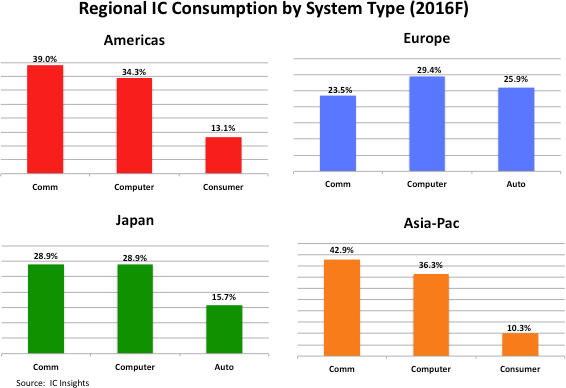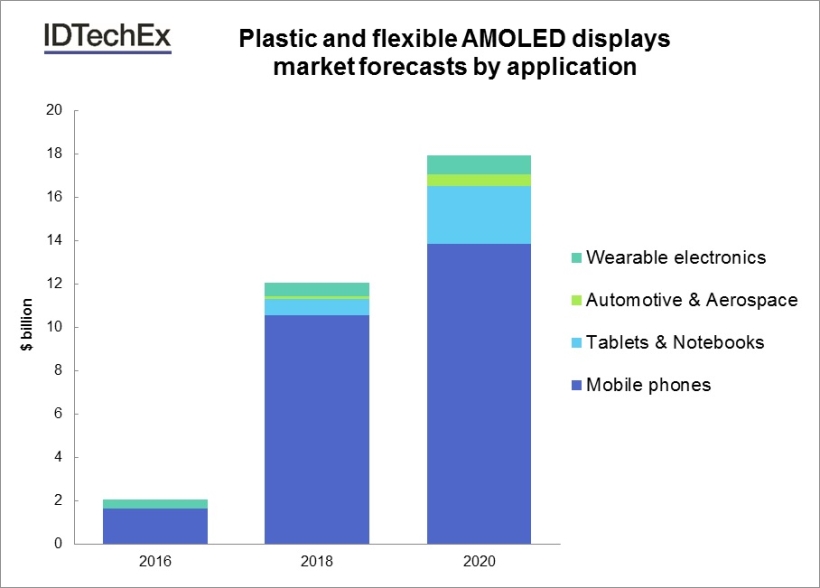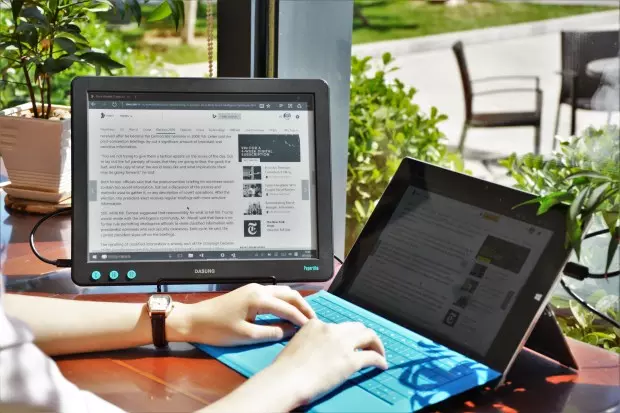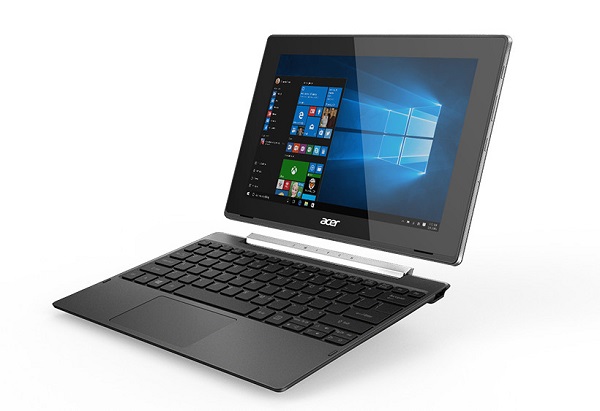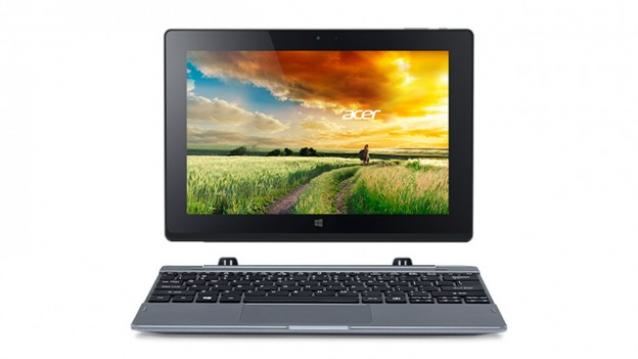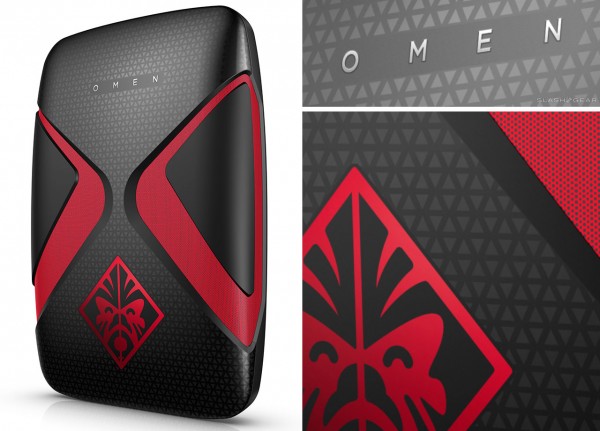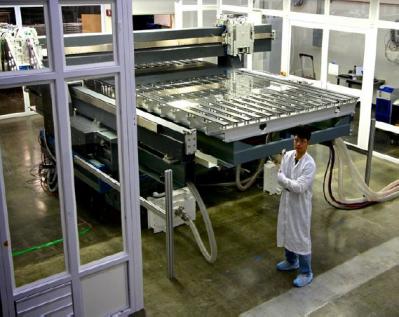
5-29: Xiaomi is changing its strategy in Brazil; Market concerns the demand for 2-in-1 is limited; Suning is building China’s biggest VR experience platform; etc.
Qualcomm is expected to develop some customized chips for the Chinese market via a government-owned venture in 2H17; InVisage Technologies announced its Spark Authentication Module (SAM) near-infrared (NIR) camera module; Xiaomi is changing its strategy in Brazil; Market concerns the demand for 2-in-1 is limited; Google indicates that it is unlikely that even the latest Android flagships currently on the market will qualify the requirement of Daydream; Suning is building China’s biggest VR experience platform; etc.
|
Chipsets |
| According to IC Insights, communications applications are expected to capture nearly 43% of IC sales in Asia-Pacific and 39% of the revenue in the Americas region this year. Communications and computer applications are forecast to tie as the largest end-use markets in Japan while in Europe, communications apps are forecast to trail computer applications with 23.5% of ICs sales. (IC Insights, press, Digitimes, EE Focus) |
| According to Qualcomm president Derek Aberle, Qualcomm is expected to develop some customized chips for the Chinese market via a government-owned venture in 2H17. (CN Beta, WSJ, The Stack, Bidnessetc) |
| GlobalFoundries is aiming to take industry process technology leadership at the 7nm node. One step in that direction is a 60% shrink in the 14nm to 7nm transition, says Gary Patton, the company’s CTO and SVP for R&D. (CN Beta, Electronics Weekly) |
|
Touch / Display |
| Kateeva is developing and producing ink-jet systems for OLED production. It has closed its Series-E funding round – with USD88 million in new financing. The new investors include BOE Display, TCL Capital. Kateeva raised over USD200 million in total, and previous investors include Samsung Ventures and Veeco. (OLED-Info, PEW, Private Equity Hub, HRBCLED, PJ Time) |
| IDTechEx Research says the whole OLED displays market will reach nearly USD16 billion in 2016 and will grow to USD57 billion in 2026. With the plastic and flexible sector being USD2 billion in 2016 and reaching USD18 billion in 2020. The two main segments are currently smart phones and smartwatches. (PEW, press) |
| Created by Chinese company Dasung, Paperlike is basically an e-ink display which sports a 13.3” screen size with 1600×1200 or 800×600 resolution. It could be used as a secondary display for desktop. It is priced at USD995. (Ubergizmo, Digital Reader, Indiegogo, East Day) |
|
Camera |
| InVisage Technologies, the pioneering developer of QuantumFilm camera sensors, announced its Spark Authentication Module (SAM) near-infrared (NIR) camera module. SAM is powered by the previously announced SparkP2 2MP NIR sensor. At just 8.0×8.0×3.1mm, the SAM module is custom built for authentication systems. (Yahoo, Business Wire, TechNews) |
|
Smartphones |
| According to “Wired” Klint Finley, the smartest thing a tech company can do is do not make a phone. Today’s most successful tech companies, excepting Apple and Google, have realized that the future lies not in controlling the underlying mobile platform but in being on everyone’s phone, whether that phone runs Google’s Android or Apple’s iOS. (CN Beta, Wired, article) |
| Samsung will reportedly launch an app for online payments, dubbed Samsung Pay Mini, planned for South Korea launch in June 2016. (ET News, Android Authority, Android Central, IT Home, Hexun) |
| Google Photos is now officially one year old. The app’s 200 million users have collectively cleared 13.7 petabytes of storage from their phones. (CN Beta, Google, Android Central) |
| Xiaomi global vice president Hugo Barra indicates that Xiaomi will not launch new smartphones in Brazil, at least in the short term. The challenges that Xiaomi faces in Brazil has led to a complete strategy revision. (CN Beta, Android PIT) |
| Dave Hakkens, the creator of Phonebloks, thinks Google could do better when it comes to Project Ara. He was not happy that the modular phone’s latest version. (Phone Arena, DaveHakkens, Engadget, Techno Buffalo) |
| Jolla C is announced – 5” HD display, Qualcomm Snapdragon 212 processor, 8MP + 2MP cameras, 2GB RAM, 16GB storage, Sailfish OS 2.0, 2500mAh battery. (CN Beta, Jolla, Quadrangle Online, Digital Trends) |
|
Tablets |
| Although several brand vendors including ASUS, Lenovo, Acer, HP and Dell are all preparing to launch new 2-in-1 devices in 2H16, some market watchers are concerned that demand may be limited. (Digitimes, press) |
| Acer has announced two 2-in-1 devices that are budget-friendly and aimed squarely at students. Both 10” IPS LCD display, powered by the latest quad-core Intel Atom processors, front and back cameras, 32/64GB storage, Windows 10, dual-band MIMO 802.11ac, fingerprint reader (Windows Hello function), Switch V10 priced at USD249 and Switch One 10 priced at USD199. (CN Beta, First Post, Mobile Tech Review, Fone Arena, Win Beta) |
|
Wearables |
| Google’s VR chief Clay Bavor indicates that it is unlikely that even the latest Android flagships currently on the market will qualify the requirement of Daydream. (CN Beta, Mobile Syrup, Android Authority, Business Insider) |
| HP has been working on a backpack PC, Omen for the HTC VIVE for a more mobile VR experience. It supports the latest quad-core Core i5/i7 H processors from Intel, M.2 SSDs with up to 512GB of capacity, and up to 32GB of DDR4 memory. (CN Beta, SlashGear, Digital Trends, CNET) |
| Jawbone reportedly has stopped manufacturing its UP series of wristbands and sold remaining inventory to a third-party distributor, and put its Jambox speaker business up for sale. (Apple Insider, Tech Insider, Fortune) |
| Suning president Jindong Zhang indicates that the company will build 300 VR experience centers throughout the country in the coming 3 months. (CN Beta, iFeng) |
|
Internet of Things |
| Google has quietly taken itself out of the TV set-top box game for now as it is no longer selling the Nexus Player on the Google Store. (Kit Guru, TechRadar, 163, IT Home) |
